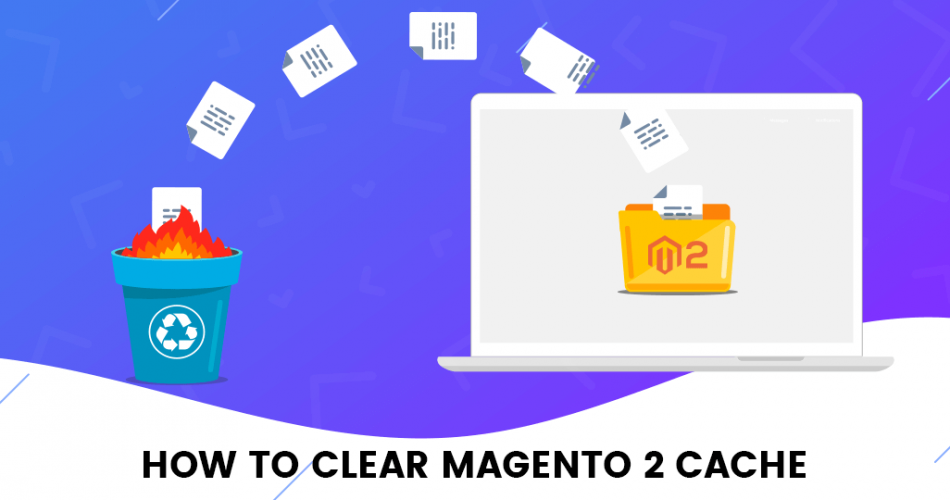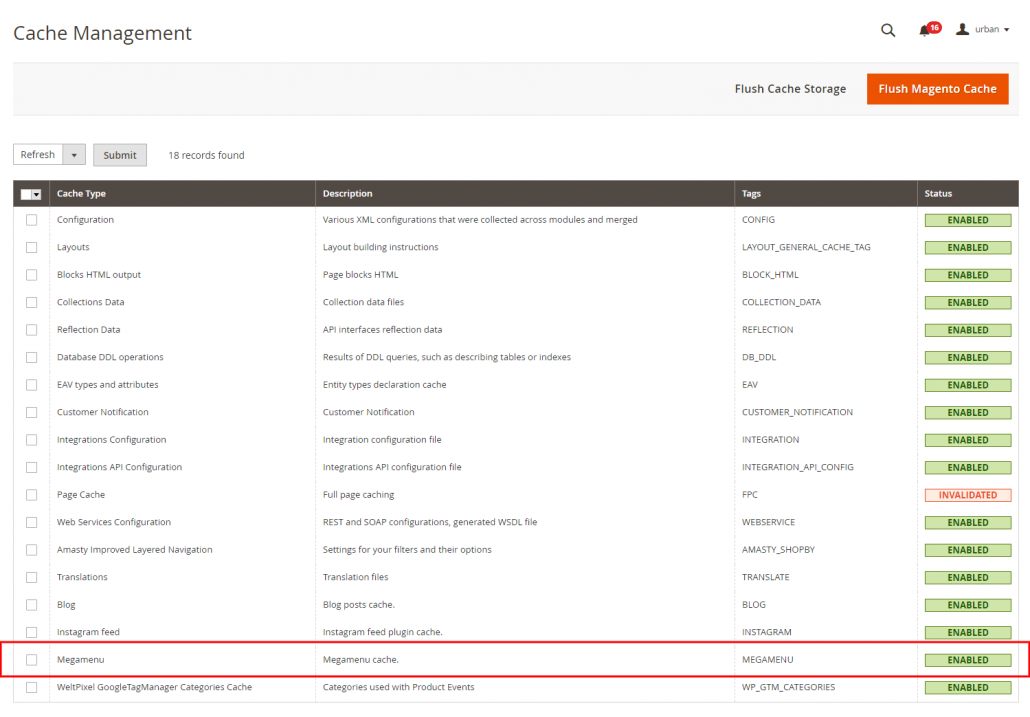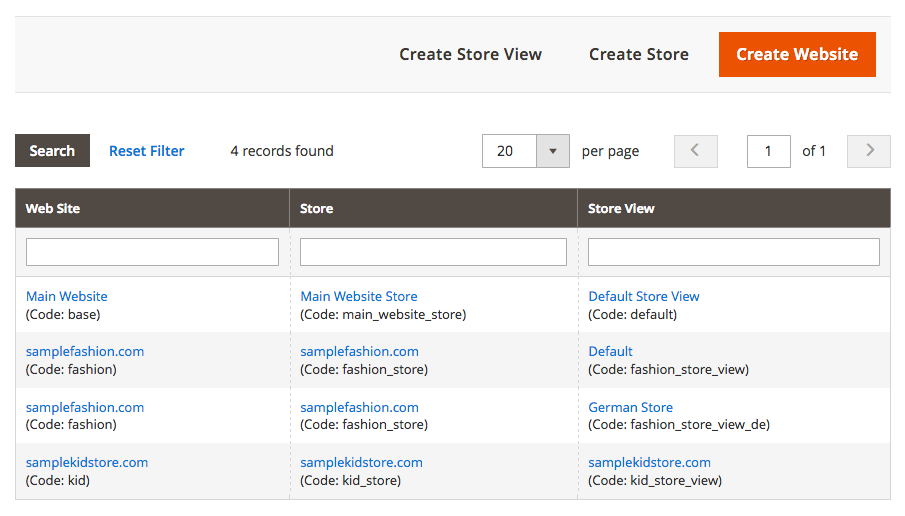

- #Private cache magento 2 how to#
- #Private cache magento 2 install#
- #Private cache magento 2 full#
- #Private cache magento 2 code#
This tutorial assume that the Prerequisites mentioned above have been met. Installing LiteMage 2 - the LiteMage extension for Magento 2 Please contact support if you need assistance to proceed with the steps below.
#Private cache magento 2 install#
Note: This guides assumes that you have experience with unix shell ( SSH), Magento, since version 2, recommends Composer to install packages. If you are using Magento Enterprise, you must also disable “Page Cache”.
#Private cache magento 2 full#
You can use the PHP Selector tool and easily make the adjustments:īefore you start, make sure that any full page cache extension/module is disabled. Magento 2 requires PHP 7, memory limit to be set to 756M or more and the LiteMage requires PHP extension ZIP. LiteMage Cache is the world's fastest full page cache for Magento.īuilt on top of LSCache and designed specifically for Magento, LiteMage can assemble both public and private blocks from cache by hole-punching through ESI to deliver the fastest full-page caching around. Thanks for reading and please feel free to comment if you have any suggestions or improvements.How to integrate LiteMage into Magento v2 This may not turn out to be the 100% best way of solving this particular problem, but having thoroughly tested with various types of customer data I have found it to be consistently reliable. cookieManager = $cookieManager $this -> cookieMetadataFactory = $cookieMetadataFactory $this -> jsonHelper = $jsonHelper } public function afterSubscribe ( \Magento\Newsletter\Model\Subscriber $subscriber ) ) Once I have the information I need I use the CookieManagerInterface and CookieMetadataFactory classes to set my cookie and I’m JSON encoding the result. I’m using a plugin to set a cookie after a customer has successfully subscribed to the newsletter. I have left out the majority of the basic module files for simplicity, but here’s the key bits: /etc/di.xmlįirst I register a plugin that will watch a function in the following class: Magento\Newsletter\Model\Subscriber. Intercept the data in an observer/plugin.I looked at the way Magento had handled datalayer.push() in their own Magento_GoogleTagManager module and it seemed that the most sensible course of action would be to use cookies in the same way.

It then turned out that local storage is basically the last thing loaded so my datalayer.push() script had already ran twenty minutes prior with a null value. One option could be to save the posted data in local storage and then access it via JS on the next page load (in the same fashion as the mini cart).
#Private cache magento 2 code#
This data is not posted back to any page on the website, and even if it was, the name could potentially get cached on the next loaded page meaning the next user could see my email address.Īs tracking code normally resides within the page HTML how do you get around this? Local storage?
#Private cache magento 2 how to#
To keep it simple I’ll just focus on how to track a newsletter subscriber’s email address when they use the basic newsletter form.

I had a situation where I had to track a lot of customer data and therefore had to make this data available in the GTM Data Layer. Well, in case you haven’t guessed this post is all about how to implement GTM tracking in Magento 2 without having your data carved into stone for all to see by Magento 2’s full page cache. By the way, if you’re not using Google Tag Manager to do this then you’re insane. They’re the Starbucks of the web, a new one seems to pop up every day.

There are tons of JavaScript tracking scripts that get added to sites in order to send all kinds of data to their respective systems. Now that’s out of my system I can continue with this post… Yes it was a ballache but it ended up being very easy. Let me start by saying this: learning how to track private data in Magento 2 was a ballache.


 0 kommentar(er)
0 kommentar(er)
